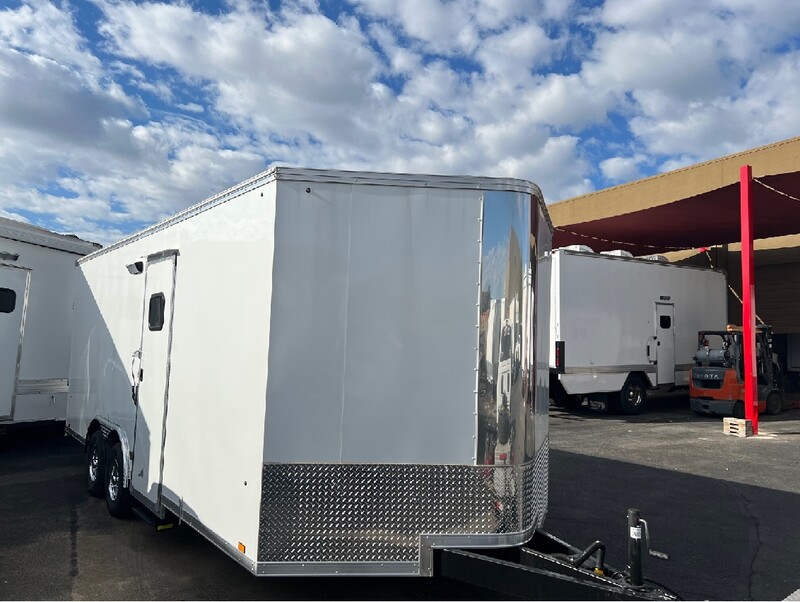|
Seven months after the launch of a new mobile medical clinic to address the healthcare needs of underserved Coachella Valley residents, the Desert Healthcare District and Foundation Board voted July 25 to purchase a second mobile clinic.
The deciding factor that prompted the Board to approve allocating $137,850 for a new unit was a clear need demonstrated by Desert Physicians Medical Group (DPMG) Health, which operates the current mobile clinic. Visits to the clinic have exceeded expectations, evidenced by 1,066 visits in May alone. Of those, more than 800 were in service to local students seeking tetanus shots and other medical care.
A second unit will double capacity, Dr. Tae Kim of DPMG Health and the Desert Care Network told the Board on Tuesday. He envisions the new clinic as an "extension or enhancement" of the current clinic, and he expects visits will average 400 per month.
"The Board's decision exemplifies the District's commitment to increase access to care for all Coachella Valley residents," said Conrado Bárzaga, Desert Healthcare District and Foundation CEO. "The addition of a second mobile clinic allows us and our partners to deliver more services to more people in an equitable way, by bringing care to where they live and work."
Alejandro Espinoza, Desert Healthcare District and Foundation chief of community engagement, said demand for the current clinic has surpassed its availability. The clinic's weekly schedule includes three days with set locations, including one day at a homeless encampment. Espinoza added that he frequently receives inquiries about adding locations to the schedule, including from school districts asking to have the clinic visit and offer school-based wellness programs.
The District Board allocated $336,500 to buy the first mobile clinic in May 2021. A $175,000 grant from the Coachella Valley Resource Conservation District helped reduce the cost. With the support of DPMG and other partners, the clinic was unveiled in December 2022.
Unlike the first mobile clinic, the new clinic will be a detachable trailer instead of a self-contained vehicle like the first clinic. It will require purchasing a truck to transport it at a later date, which is estimated to cost $50,000 to $60,000, Espinoza said.
The benefits of the new clinic include the addition of a pharmacy component, behavioral health services, and a ramp to provide access for wheelchair-bound and other immobile patients.
Another benefit of having a trailer and truck is the flexibility they'll provide. The truck component will have space for transporting tables and other items needed at remote sites. DPMG physicians, physician residents and other staff also will be able to travel to sites in the truck, rather than in separate vehicles.
The greatest benefit, however, is one the first clinic and a new one would share: increased access to care for valley residents. Board Director Leticia De Lara said, "There are so many more people now that are getting preventative care, not ending up in the emergency room."
As a next step in procuring a second mobile clinic, the District staff will bring back to the Board a report that details how the new clinic will be used and where it will be deployed to help alleviate the healthcare needs of the valley's most vulnerable residents. The Board's next meeting is scheduled for September 26.
About the Desert Healthcare District and Foundation
The Desert Healthcare District is a local government agency formed in 1948. Its mission is to achieve optimal health at all stages of life for all District residents. The District includes more than 400,000 residents and encompasses the entire Coachella Valley. The District and Desert Healthcare Foundation, together, are one of the largest funders in the valley. These funds are used to assist residents — especially the underserved — in accessing vitally needed resources, such as primary and behavioral healthcare. Learn more at dhcd.org.
|


